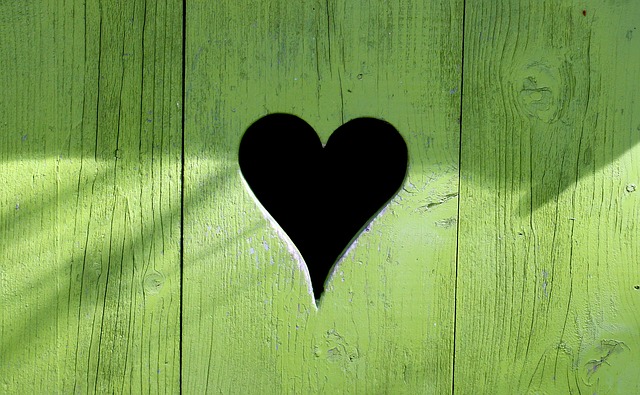Diana Winston, in a guided meditation on anxiety provides a way to tap into the well of ease and peace that lies within each of us. Her meditation is titled Leaving Anxiety Street because we often feel at home in our anxiety – we tend to see anxiety as our residence, our natural habitat, and become blind to the ease of wellness within us that we can access at any time. Diana suggests that we can become lost in our own life dramas, our narratives and anticipations that feed our anxiety. The meditation she offers enables us to locate a new home that is built on the ease of wellness.
The well of ease
We have a natural tendency to a negative bias and often “fear the worst”, rather than anticipate the best. This bias serves to ingrain our anxiety so that we become stuck in the groove of negativity. However, deep within us lies the well of ease that we can access, a stillness and peace that is deep and boundless.
Diana likens this well of ease to the stillness and calm that lies deep below the turbulence of the waves. We can access this ease by looking below the surface of the waves that create turbulence in our lives. She suggests that the deeper you go, the vaster and more peaceful is the place that you will find. The more frequently you visit the well of ease through meditation, the more it will feel like home, and anxiety will begin to feel like a foreign place.
Accessing the well of ease and peace through meditation
Diana’s guided meditation for finding ease and peace involves a number of steps that progressively move us deeper into the well of ease:
- As usual the meditation begins with becoming physically grounded, beginning with a number of deep, conscious breaths. This is followed by adopting a posture that is supportive and upright on the chair, with your feet flat on the surface of the floor. Closing your eyes and placing your hands on your lap can facilitate focus on the meditation.
- Once grounded physically, the next step is a progressive body scan, moving from the feet to the jaw and forehead, at each point releasing the tension and softening the focal part of the body. This releases the bodily tension that accompanies anxiety – reflected in the tightness in your calves, the frown on your forehead, the stiff shoulders, the tight stomach muscles, the grinding of teeth and/or the soreness in your neck.
- As you relax and soften the muscles in your body, you can begin to focus on your breath wherever you experience the sensation of breathing – the rise and fall of your stomach, the flow of air in and out through your nose or the lift and fall of your chest. This process involves noticing your breath, not attempting to control it – letting go just like you need to do with the grip of your anxiety.
- You will invariably experience distractions as your memories and stories begin to play again, dragging your attention away from your breath. The process here involves sitting with and naming your feelings, not denying them because you should not be experiencing negative emotions such as sadness or resentment. Even anger can be a “powerful and healthy force in your life”, if you manage it rather than let it control you. Naming your feelings and experiencing their intensity can help you tame them.
- After you have accepted what is, your feelings and their intensity, you can move your focus back to your breath and the calmness that resides there, including the space between breaths.
- Next shift your focus to the sounds around you – sounds coming and going such as that of the birds or the wind. You might even be conscious of the stillness and silence that surrounds you wherever you are. This process of focusing on sounds can intensify your physical and mental grounding and create its own form of peace.
- Recall a time when you experienced a deep sense ease and peace and capture what it felt like – experience the sensations again as well as the calmness and sense of wellbeing you achieved.
- You can then repeat a desire such as, “May I continue to experience deep peace, joy and ease”.
Repetition deepens the well of ease
The more often you can repeat this meditation, the deeper will be the well of ease that you experience. You can use an anchor to access this well by having some physical action such as joining your fingers together and feeling the tingling, warmth and energy that courses through them. It is important to choose your own anchor but incorporate it as often as possible in your meditation practice – in this way, employing the anchor outside the meditation practice will more readily enable you to recapture the sense of ease and peace.
As we grow in mindfulness through meditation, our inner awareness increases, and we are able to access the deep well of ease that lies within each of us. Sustaining the practice of meditation will deepen the well which can be readily accessed through our personal anchor when we are not engaged in meditation.
____________________________________________
Image by Momentmal from Pixabay
By Ron Passfield – Copyright (Creative Commons license, Attribution–Non Commercial–No Derivatives)
Disclosure: If you purchase a product through this site, I may earn a commission which will help to pay for the site, the associated Meetup group and the resources to support the blog.









